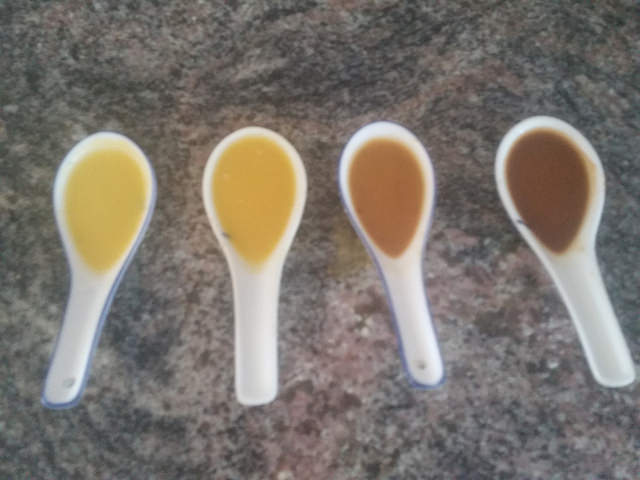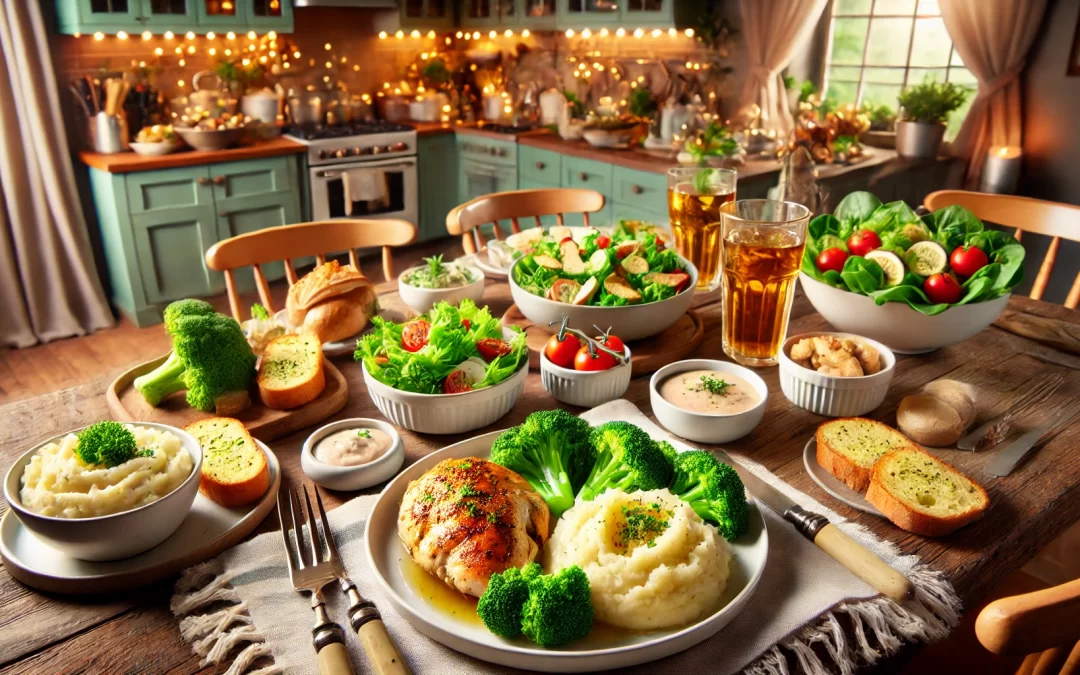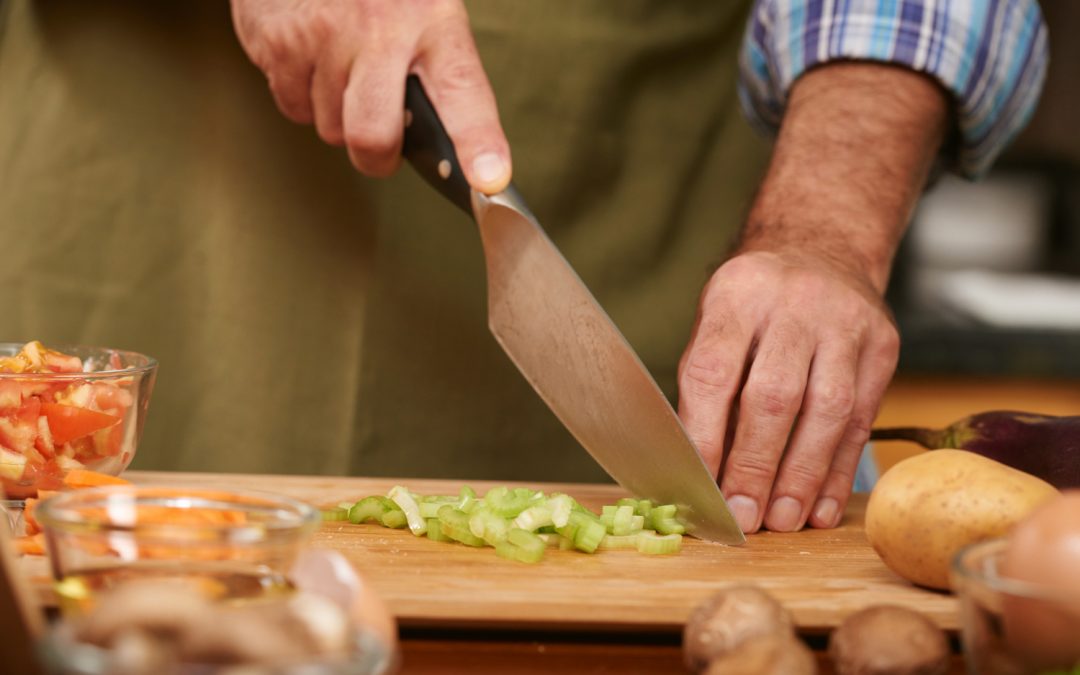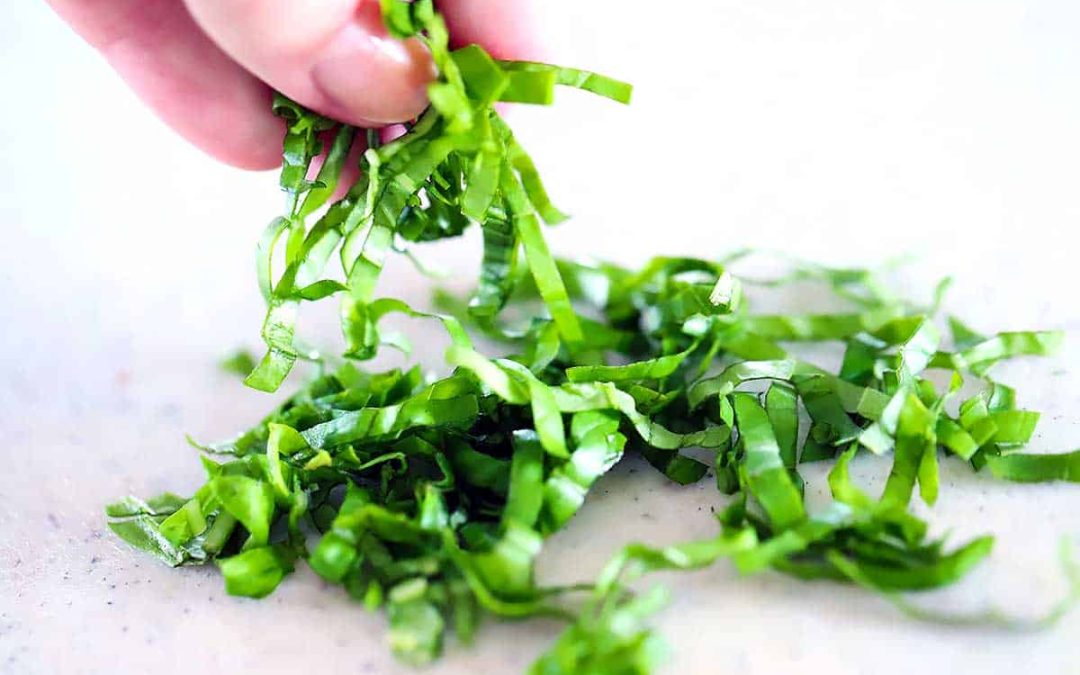What is Roux ?
If you are anything like me you may have been vaguely aware that roux is the stuff that you make before you add milk to make white sauce, cheese sauce, and then quite possibly Mac Cheese, which by the way is one of my favorite dishes. Recently I have started to research the basic techniques of cooking and have been surprised to discover that although the recipe for roux is very simple that there are different types of roux which have different smells, tastes, and textures and that the different types of rouxs are used for different purposes.
Roux is in its essence is a mixture of an edible liquid fat, usually clarified butter, and plain flour which is used as the base for sauces and gravies or as a thickening agent which can be added to soups and stews. The recipe is very simple – heat the fat over a medium heat , add the flour, and stir until, the roux reaches your desired color and consistency.
Warning: If you are tasting the roux during the cooking process take a small spoonful from the pot and let it cool down before tasting; If you do not let it cool down to a safe temperature before tasting you will burn yourself.
There are four basic types of roux which are all created using the same basic recipe and are used as a base for different dishes.

Types of Roux and their uses
White roux
A white roux is cooked for a few minutes until the liquid is bubbling vigorously and the raw flour smell has gone, the mixture is removed from heat before it starts to brown. If you taste the roux at this stage it will still be quite grainy and won’t have much flavor making it perfect for use in white milk based sauces such as bechamel for lasagne and cheese sauce for macaroni cheese.
Blond roux
Blonde roux is cooked for about 15 – 20 minutes until the mixture begins to smell a bit like popcorn an starts to turn a light brown color; at this point the mixture will become a little thinner and bubbling will slow. Blonde roux is most commonly used to thicken stock based white sauces such as veloute, in poultry gravies, and as a base creamy veloute soups.
Brown roux
Brown roux is made using clarified butter, or another fat such as lard which can withstand higher cooking temperatures and is cooked for for longer again, approximately 35 – 40 minutes, until it becomes approximately the color of peanut butter and starts to develop a nutty aroma; a brown roux will be even thinner than a blond roux and will bubble even less. Brown roux is used as the base for dark gravies and brown sauces such as espagnole which another of the 5 mother sauces of French cuisine.
Dark roux
Dark roux is often created using a fat such as bacon fat or an oil which can withstand very high temperatures and is cooked for approximately 45 – 50 minutes, until it becomes the color of melted chocolate, and starts to smell distinctly nutty; The roux will have a strong flavor at this point and will have stopped bubbling altogether. Dark roux is most often used in cajun cuisine to make tasty dishes such as gumbo.
Using roux
Roux can be used straight away after it has been cooked or it can be poured into a grease proof paper lined baking tray and refridgerated until it has set. Once set it can be broken into pieces and stored in the fridge or freezer for extended periods in an airtight bag or container.
When it comes time to use the roux you have created the golden rule is never to mix cold roux with cold liquid as it will become lumpy and never mixhot roux with hot liquid as it will splash and burn. Coldish i.e. room temperature can be successfully added gradually to liquids such as stocks and vice versa.
The other other thing I have learned in my roux adventure is that the darker the rough the thinner it gets and the less effective it is as a thickening agent; this is due to the starch in the flour breaking down during the cooking process. A heavily browned roux can have as little as 1/3 of the thickening power as white roux so more dark roux needs to be added to thicken up a sauce. The good news is that the darker the roux, the more rich nutty flavor it imparts to the dishes it is used in.



